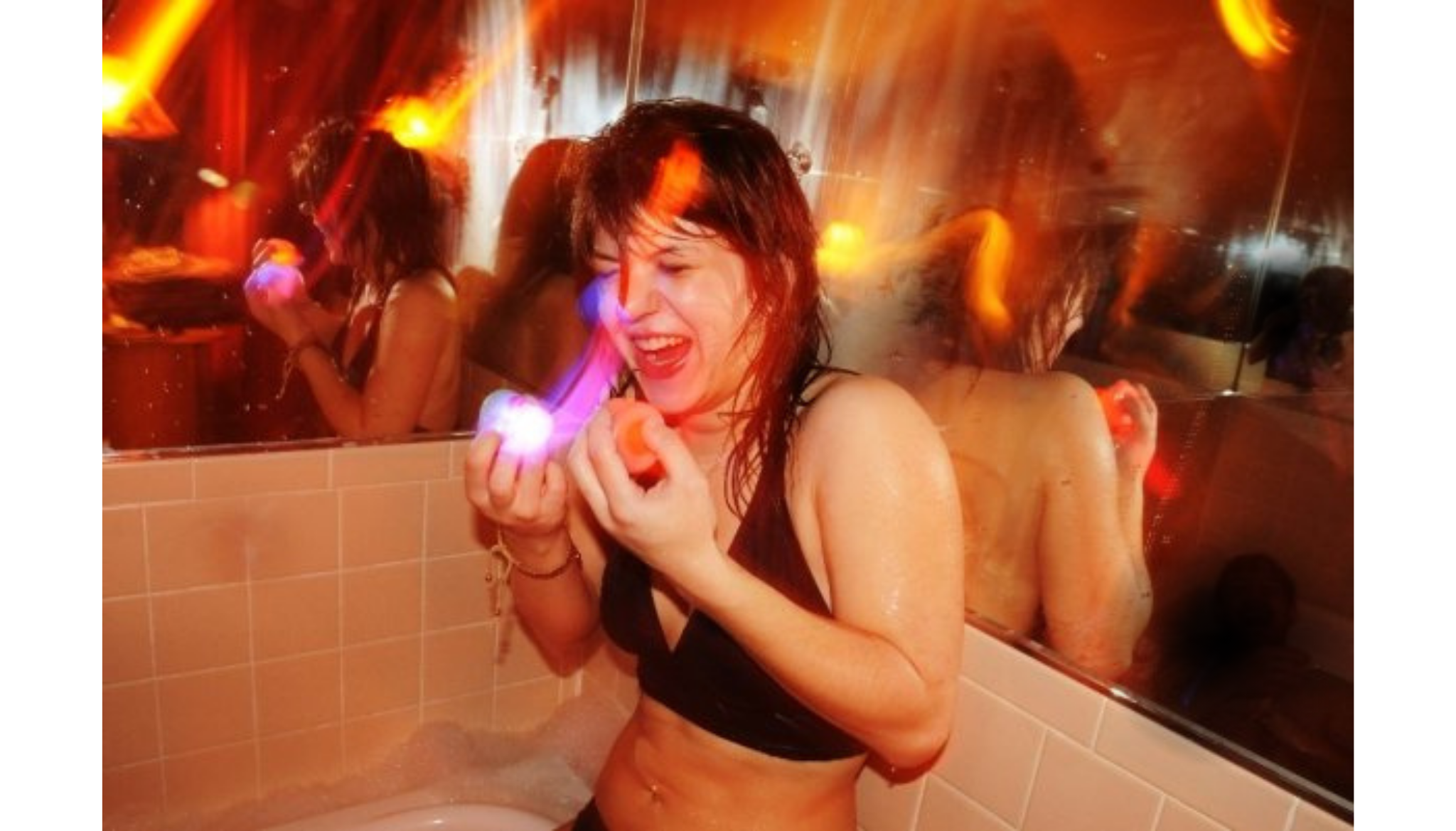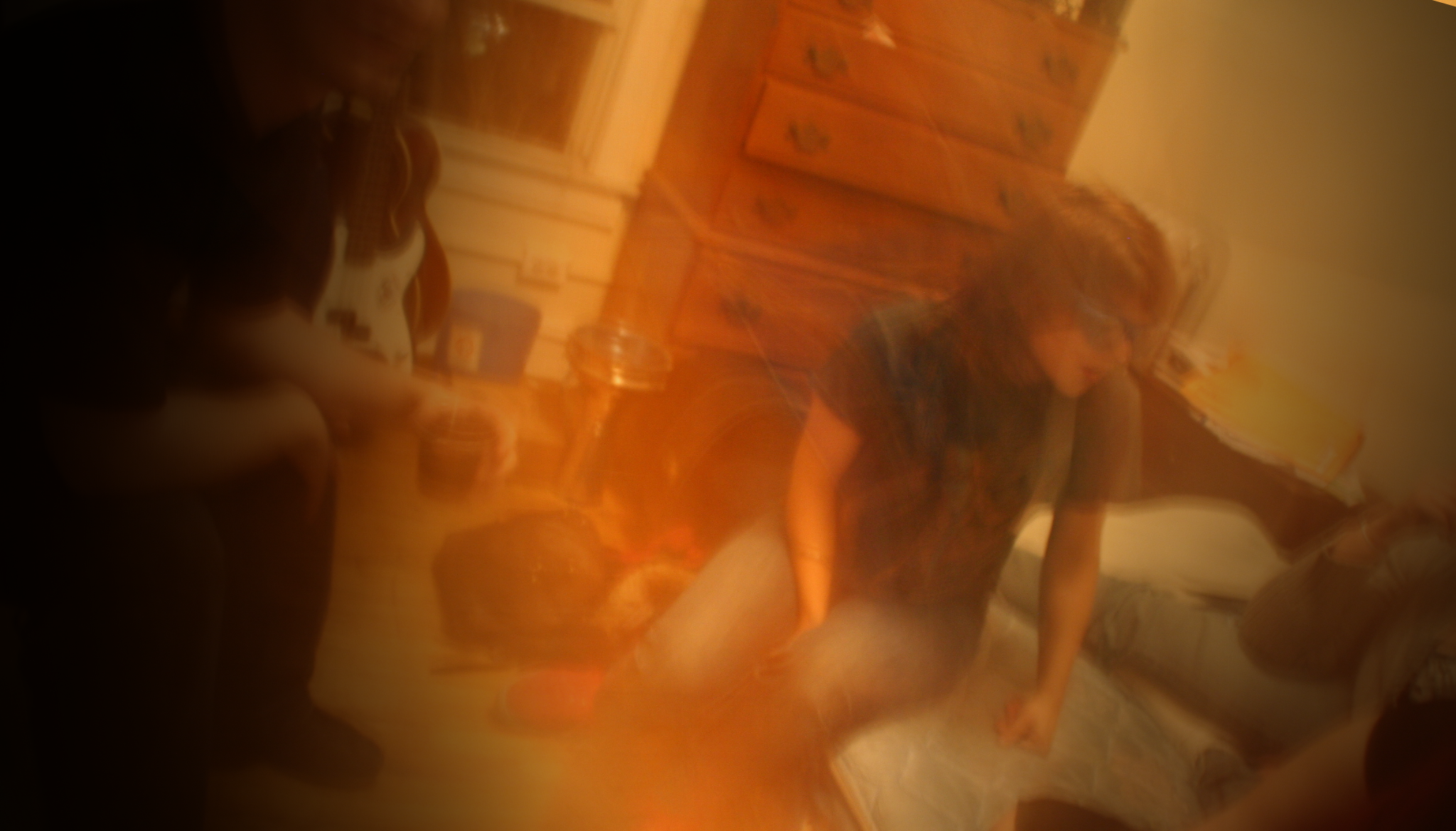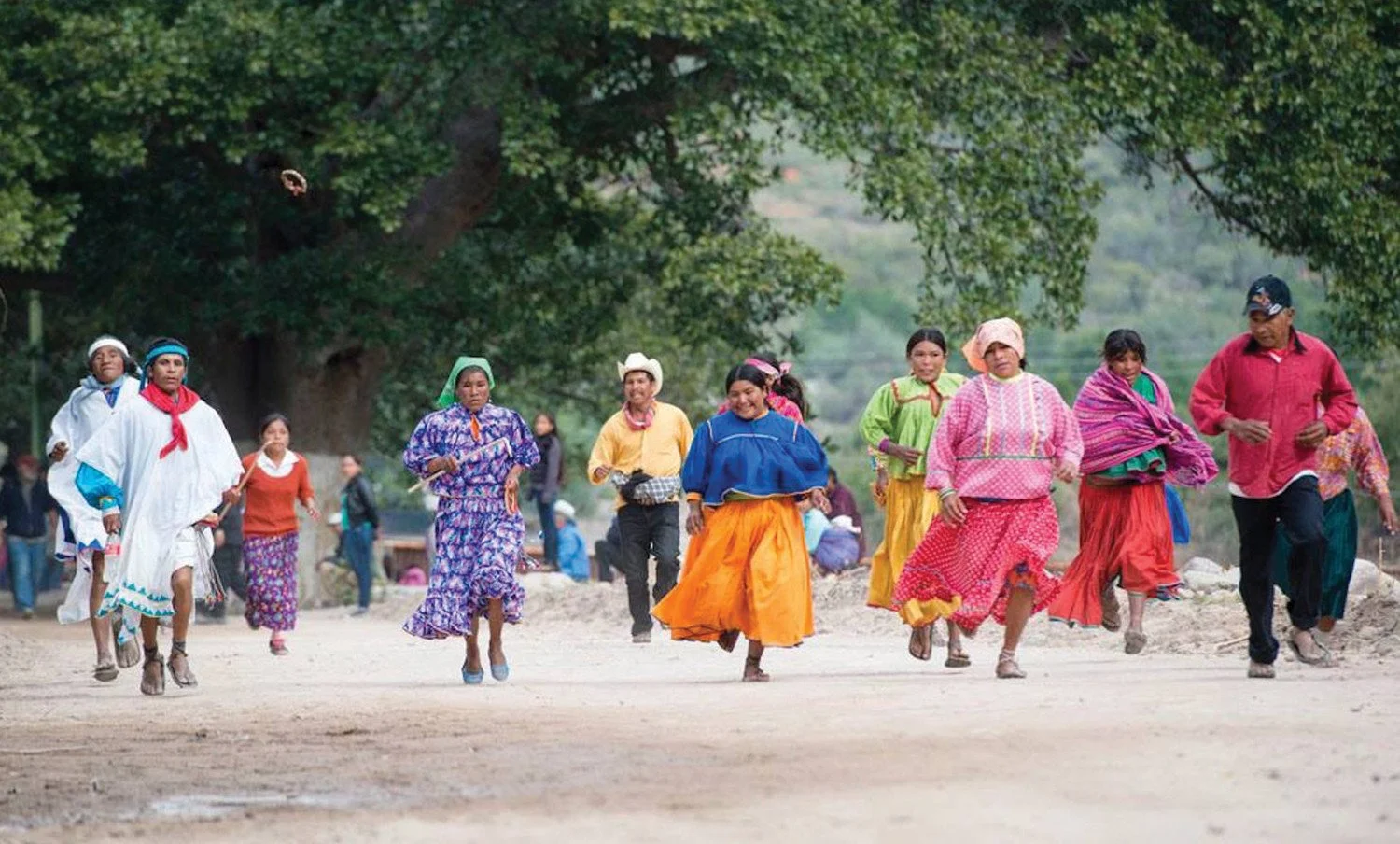When Belonging Was a Feeling I Bought in Baggies
It was the mid-2000s and I was a teenager weaving together an identity from party blogs, Limewire documentaries and whatever drug-glamorizing fiction I could sneak out of the public library (Crank girlies, you already know). I watched movies like Go, Trainspotting and Fear and Loathing in Las Vegas. I read Terence McKenna, Timothy Leary and Ram Dass.
I thought I was flirting with enlightenment whenever I chugged cheap beer or vodka—and I imagined the stronger stuff was likely an even better answer for the feeling I couldn’t yet name. Something warm, expansive and welcoming. A place where I could be fully seen. A place where I could be known.
High on Belonging
When I was high, I felt like I had unlocked a secret frequency inside myself—one made entirely of light, love and infinite capacity. I could love the world. I could love my friends. I could love me. It felt like the true version of who I always wanted to be.
It felt like a home I never knew. One that emanated the sentiment: You belong here, exactly as you are. You are welcome in the fullness of your weirdness and wildness.
At first I didn’t realize I was numbing anything at all. Actually, I wanted to feel things deeply and be more connected. It was through my drug-seeking that I experienced community and belonging for the first time. I found myself in lofts with rooftop gardens, warehouse parties, and hipster co-ops and art studios.
There were trust fund shamans who spent their days philosophizing about entheogens, folks who worked totally normal adult jobs and partied on the weekends, along with fire-spinners, clowns, DJs, burlesque performers, and ecstatic dance and yoga teachers. I met older ravers still candy flipping in decades-old JNCOs. Not everyone was high all the time, but I built fast bonds with those who partied the most.
Of course, at the time, I did not realize I had issues that needed to be worked out with a therapist and a treatment plan, instead of on the dance floor.
I found myself on many floors.
I had my own apartment but I’d spend days bouncing between a roster of what I then thought of as bohemian crash pads, which I now know were just trap houses with good lighting. My favorites included: a loft owned by a dental hygienist with a taste for ecstasy and cocaine, a four-bedroom home belonging to a mild mannered drug dealer who lived with his impossibly beautiful stripper girlfriend; and then there was Lucky’s place.
Lucky lived on the North Side, where I often found myself among a gaggle of teenagers who were probably still in high school. Other frequenters were a man 25 years my senior who referred to himself as both a “priest” and a “saint”, college dropouts, drug dealers and a Haitian Shaman who, more than once, dosed us with liquid LSD out of an eyedropper bottle. We stuck out our tongues and trusted him to guide our trip for hours at a time. It was ritualistic and animalistic and unlike any other drug trip I’d ever had.
All of this was while I was still enrolled in college. But my energy never really made it to class.
I split my time between multiple worlds, each orbiting around some form of altered consciousness. There was the world that was populated by people who did the same party drugs I did, but they also smoked meth or did a casual bit of heroin, got in and out of jail, came back and left again.
Then there was another world where artists and aerialists wore thrifted neon and talked about “intention” before they took mushrooms; the folks who smoked weed to meditate or claimed ketamine was best used as a tool for connecting with others. I preferred them. I longed to use substances mindfully and intentionally but I never mastered the craft, and maybe they never did either.
To get the drugs I needed for that world, I often had to dip back into the other one. I’d hand over my money to some testosterone-fueled monster who beat his coke-head girlfriend. And while my boyfriend finished the deal, I’d pull her aside and try to stage an impromptu intervention on the porch. Her mascara was running, my body shaking, neither of us planning to leave. So we did a line together instead.
Into the Deep End
It’s hard to pinpoint exactly when things tipped, but the descent was fast. What started as beer pong in someone’s basement became the occasional pop of molly at a concert, then club nights that ended at 3 a.m., until even that wasn’t enough. Soon, I was hopping between warehouse parties, afterparties, the after-after parties, and then, finally, a few select friends would follow me home to the afters at my place. We’d go for days without stopping, like time itself bent to keep us high.
By 2010, it finally hit me: I was never not on something. Uppers to outrun sleep. Downers to claw it back. It didn’t register as “I’m never sober,” it registered instead as “I’m always on something.” This, I think, must have been the first time I realized that maybe I wasn’t going to find enlightenment in a pill. Did I stop? No. Not yet.
The highs got duller. The revelations started to repeat themselves and the endless loop I was in became visible. I wasn’t ascending, I was orbiting the same unresolved pain. Still, I couldn’t leave. I had built a self in those spaces, an identity stitched from shared playlists, split pills and the fleeting intimacy of a come up. It was the closest I’d ever felt to belonging. Walking away meant grieving the loss of the only identity I knew.
My parents must have had some sense of what was unraveling. But they were Boomers. They didn’t have the language for it. Not for addiction, not for trauma, not for the things I was trying to medicate with molly and midnight runs for whippits. I think deep down they knew they couldn’t reach me. And maybe they also knew I wouldn’t let them. I wasn’t going to be pulled. I would have to crawl out on my own.
Not in the Trip Reports
The biggest curse—and the greatest blessing—of my life happened when I started having bad trips. Not “bad” in the “confronting the shadow self” or “difficult realizations” kind of way. In the terrifying breaks from reality kind of way. Psychosis. People in the community would try to soothe me. They said I was tapping into a parallel dimension. That I was just too open, too sensitive, too spiritually tuned. They suggested I try ayuhausha. Put crystals on my chakras. The “Priest” even tried to conduct a “rebirthing” ceremony in the lake. No one told me to go see a doctor.
I lost touch with reality so deeply that certain colors terrified me. So did letters. I felt hunted by ordinary things. The trip that finally broke me gave PTSD and landed me in the psych ward more than once.
Eventually, I got help. The kind that required intake forms: inpatient rehabilitation, sober living, intensive outpatient treatment and years of therapy. It was a long, aching return to baseline. And even then, it took time to trust that I was still me. That I’d made it back.
Coming Home Without the High
And even so, I won’t lie and say my partying and drug use was a mistake. There’s a myth among some recovery circles that substances never actually help and “it was never real relief.” That’s not true for me and it’s not true for a lot of people I know.
For a time, it was the only thing that did work. It gave me a break from pain I couldn’t name or have the tools to cope with yet. It gave me a taste of what belonging felt like, and glimpses of the person I could be if I ever learned how to be free.
Much of who I became in those spaces—the wacky, weird and vibrant version of me—didn’t disappear when I got sober. And while I went through identity loss grief in sobriety, that version of myself, the one I loved, came back. This time, without the substances. The drugs didn’t invent her. They just showed me she was possible.
These days, I embrace awe—I still live for raw connection and those dissolving-moment-of-truth type of experiences. But I get to have them sober. I get to be there for them.
And I still honor the girl who got me here. She was messy, reckless, luminous and slightly deranged. But in her own way, she was just trying to find her way home.
And she did.
About the Author:
Maggie Schwenn is the Co-Founder and Managing Editor of HYVEMIND. She is a regular meeting facilitator at Souls Center, where she teaches dharma and leads meditation for people in recovery. She is bilingual in English & Spanish, a fierce advocate for immigrant rights, for mental health support and grief care, and she believes in naming hard things out loud. She also regularly performs improv comedy, because even the heaviest truths deserve a good punchline—and because, in her words, “being a silly goose matters now more than ever.”






